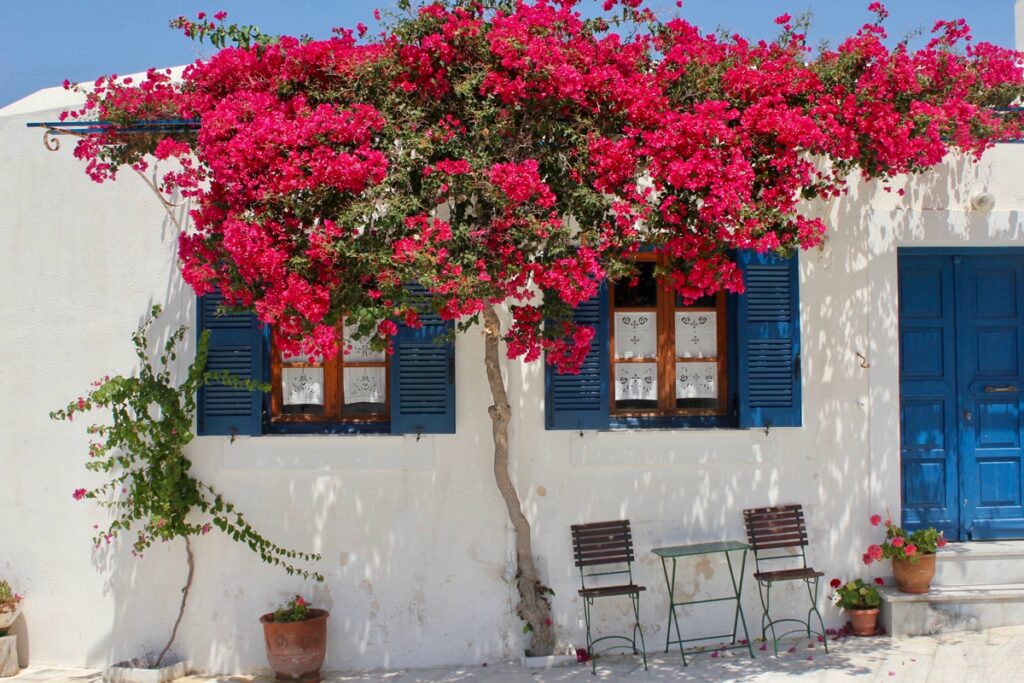Wandering around small alleyways on the Greek islands in summer you will come across endless white-washed walls of homes, hotels, taverns, terraces, churches, and shops richly adorned with Bougainvillea.
The popularity of this pretty flower has now grown worldwide and if you would like to plant some at home, no matter where you reside here is all you need to know!
What is Bougainvillea?
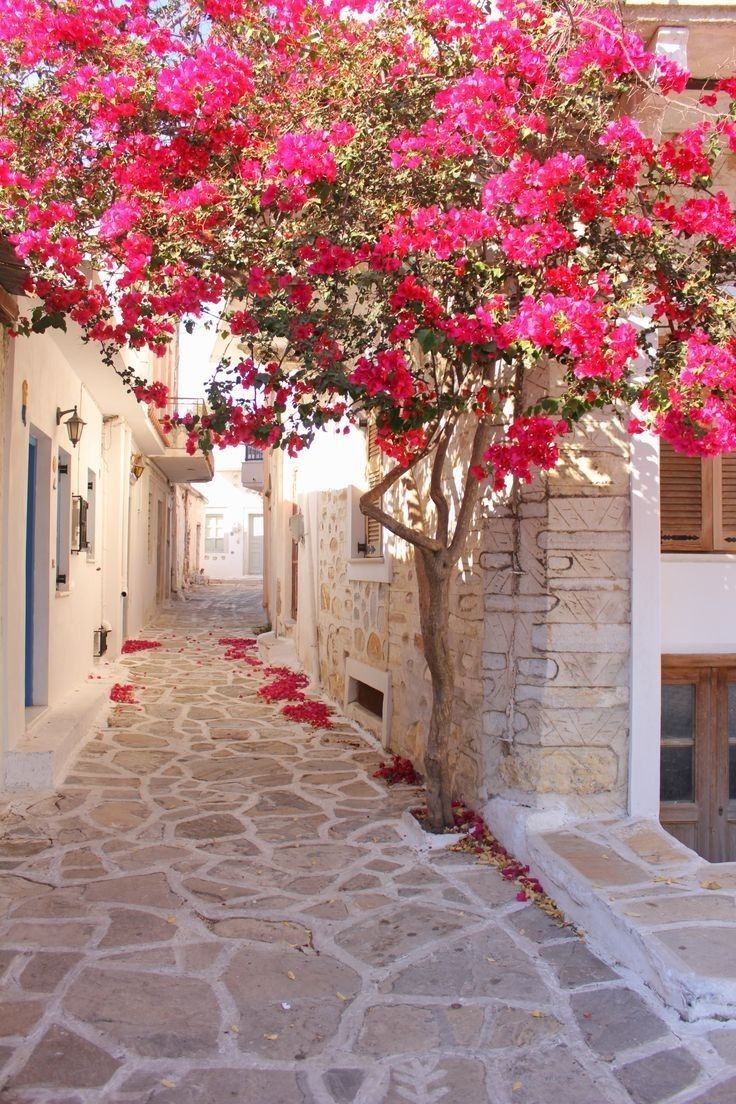
Bougainvillea are tropical vines that can grow from 1 metre to 12 metres high. There are now dwarf varieties available, known as Bambino bougainvillea, which are great for use in pots or as low hedges. The petals of the Bougainvillea flower resemble delicate paper and come in various shades of pink, red, orange, white, and purple.
Where can you plant Bougainvillea?
-It can grow on practically any surface, such as a small potted plant, a tree, or on your terrace.
-Bougainvillea needs plenty of light. So just make sure to plant it at a spot where it gets direct sunlight. Keep in mind, that your bougainvillea will not bloom unless it gets enough direct sunlight, roughly 8 hours per day.
-Bougainvillea can be planted in the garden, but keep in mind that they have a large root system. When planting in pots, use a potting mix for shrubs and go for a larger sized pot so that it will last longer. If you would like a smaller potted plant, go with a Bambino variety and a smaller pot to ensure that the soil doesn’t remain wet.
-Bougainvillea can be used in many ways including climbing on fences, walls, and pergolas adding brilliant pops of colour. When planting as a hedge or standard feature plant, they need regular pruning to retain the desired shape.
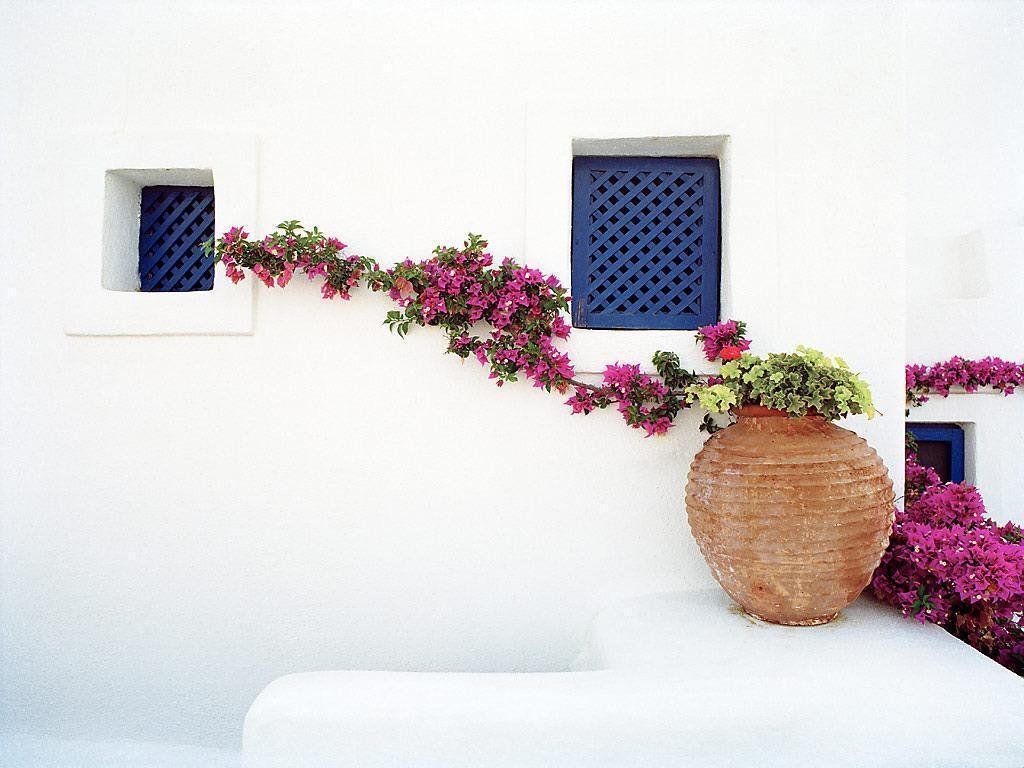
Growing Bougainvillea in your garden
-Choose a well-drained spot in the garden that attracts the full sun.
-Dig the planting hole twice as wide and to the same depth as the root-ball. Remove the plant from the container, gently tease the roots.
-Position in hole and backfill with soil, gently firming down. Form a raised ring of soil around the outer edge of the plant’s root zone. This helps keep water where it’s needed. -Water in well after planting to settle the soil around the roots and keep the soil moist for several weeks while the new plant establishes.
Growing Bougainvillea in a pot
-Choose a wide pot. Position in full sun and fill with quality potting mix.
-Remove the plant from the container, gently tease the roots.
-Position in hole and backfill with potting mix, gently firming down. Water in well.
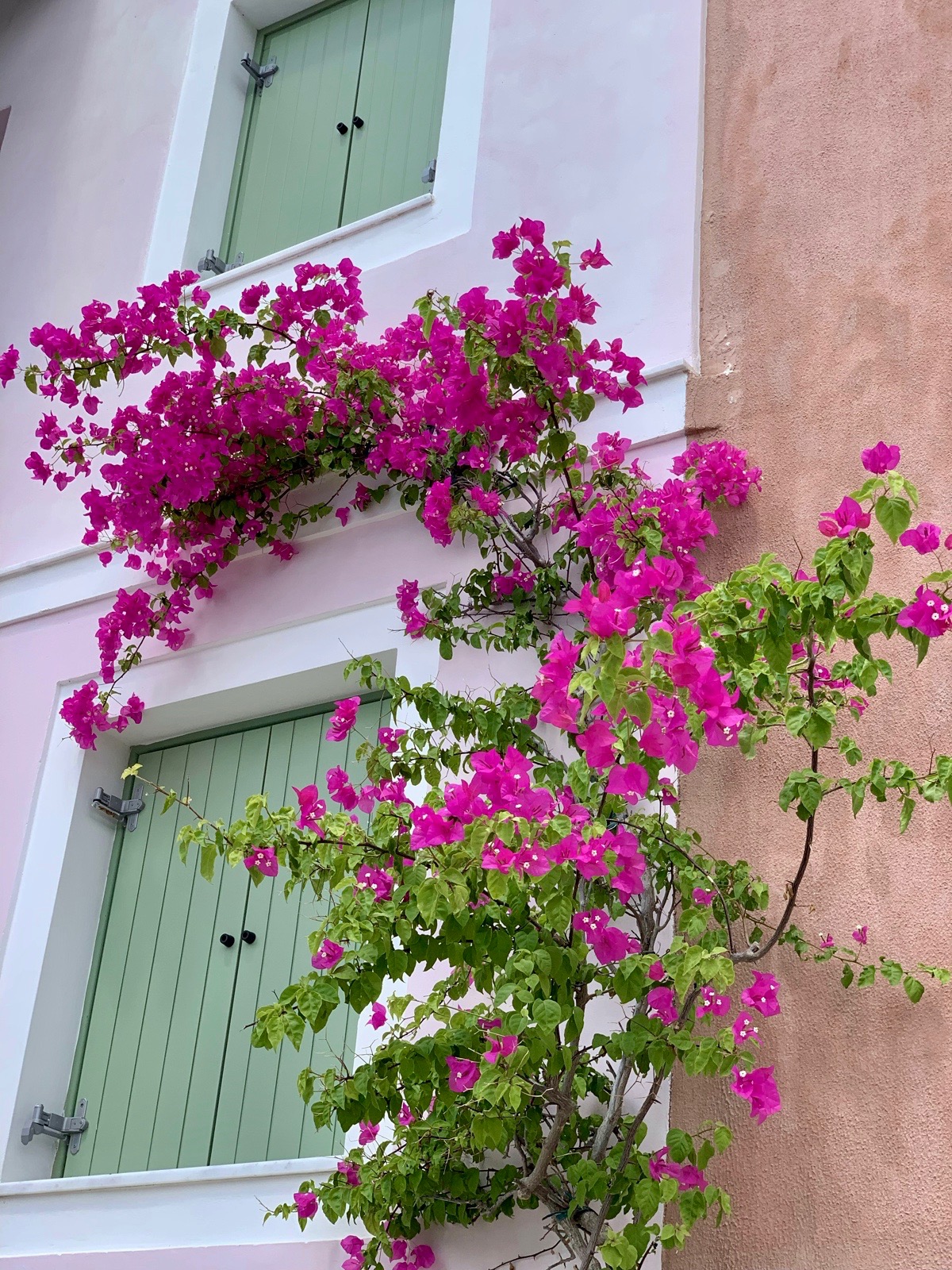
Cultivation
-If you are looking for a low-care plant, this is for you. It’s resistant to insects and disease, but of course, you should check in on it often. A bacterial leaf spot can also form in wet conditions, but this can be prevented by keeping foliage dry. -Water only when leaves start to wither and do not over-water because leaves will turn yellow and drop, or you will get lots of foliage and no flowers. Also, be careful when fertilizing because if you over-fertilize you will still get a green plant with no flowers.
The Right Climate -Bougainvillea doesn’t like low temperatures and harsh wind drafts. So, make sure to plant it near a wall, train it on a trellis, or any spot that is protected from harsh wind and tie it steadily.
-If you live in areas with extremely low temperatures in winter, it would be advisable to cover your bougainvillea with plastic in order to prevent the plant from freezing.
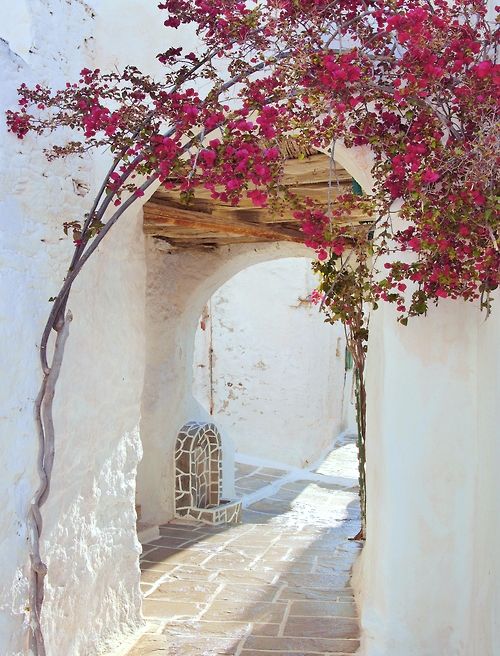
Caring Tips
-Little feeding and watering is required once established.
-Avoid overwatering. Excessive water can cause the leaves to drop from the plant.
-Bougainvillea only needs occasional watering during the winter months, but regular watering during warmer months is essential to keep the roots cool.
-To assist in brightening, you can feed your plant with a phosphorous and potassium-based fertiliser in early spring before flowering.
-The best time to prune is in autumn, to clean off old flowers.
-Watch out for those spikes and make sure you wear gloves when trimming.

